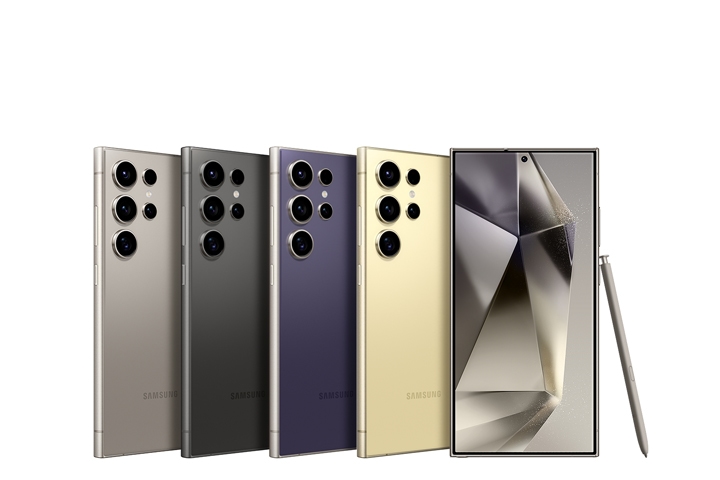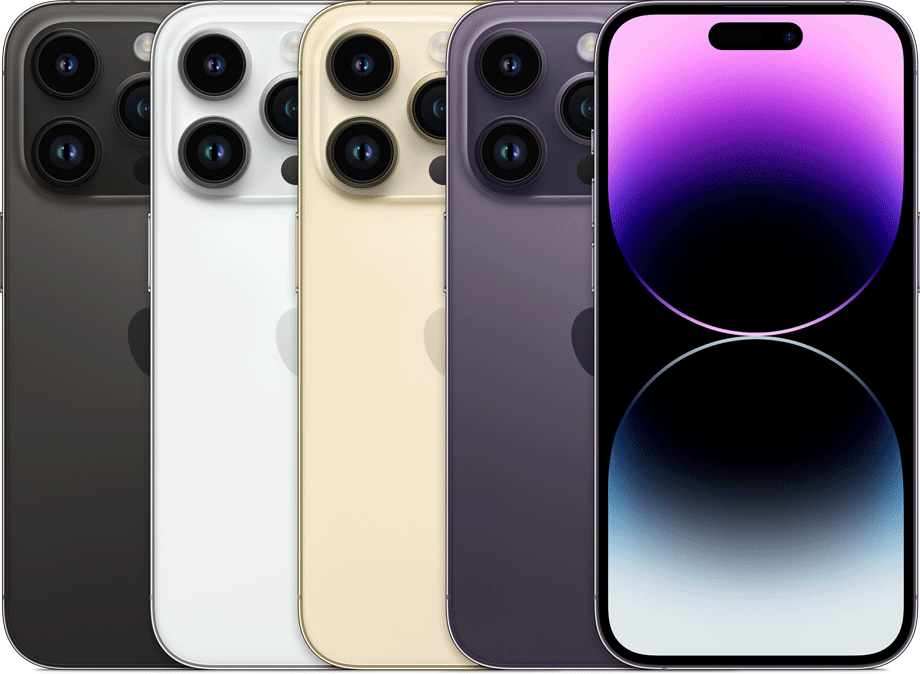Security is at or near the top of people’s lists when it comes to their devices and technology. No one wants their personal information or data stolen, so we all make sure our security is up to scratch. For laptops and other computers, this usually means installing some form of antivirus software. This software helps the computer detect any potentially harmful malware before it can do any real damage to your computer. Most of us have been conditioned to believe that every device we own needs some form of antivirus software to be secure. However, that’s simply not true for the iPhone or iPad. Several companies and apps have claimed that their products helped protect your iPhone, but that’s simply not true. An iPhone does not need any antivirus software.
Keep your phone as private as possible
Even if you have a passcode and use Touch ID, your lock screen can reveal more information than you think. While the Control Center and Notification Center are useful, they can also let people see your messages and updates, as well as make changes to your phone, like turning on airplane mode. You should keep your phone as private as possible so that people can’t see sensitive information, especially on your lock screen, which anyone can see.
Also, be sure to ask for a password to be entered before any and all in-app purchases. Although yes, this can be somewhat annoying, it will prevent some accidental purchases by you, your friends or your children. Also, if someone nasty gets a hold of your phone, it will prevent you from going crazy and buying a ton of apps on your phone.
watch the wifi
Most of us like to think that we are completely safe using WiFi. But this is often not the case. If you’re using a public WiFi like the one at a coffee shop or hotel, know that they’re usually not very secure and there are probably dozens of others on the same WiFi, and they may not all be of good intentions. Even home WiFi can be compromised more easily than most would think. You’d be surprised how many homes still use WEP to secure their networks. Iphone hacked by hobbyists and can give people access to your home network. The best option is to use WPA to ensure that your network is secure at all times.
Make sure your phone locks automatically
While your phone constantly locks up after just a few seconds of not being used, it might take some getting used to, it’s one of the best ways to protect your data. If your phone isn’t set to automatically lock for a few minutes, you could leave it on a table and someone could get to it before it locks. Opting for a 30 second or 1 minute auto lock seems like the way to go.
Be tough with app access
Every time you open and use a new app, it may ask for your permission to access your photos, location, contacts, or other information. Unless that access is directly required for the app to function, you shouldn’t allow too many apps to access your information. Lots of different apps will request access to information you don’t even need, and sometimes we’ll give it to you. If you go to Settings>Privacy>Location services, you can see how many apps you have given permission to know your location. If those apps do not need to know your location, it is recommended that you stop allowing them to access it on a regular basis.
Don’t give in to comfort
It seems that there is often a power struggle between security and comfort. Everyone wants their life to be as safe as possible, but they also want comfort. The fact is that you have to make sacrifices on one side or the other. If you want maximum security, accessing your device or specific apps might take longer. But if this process is nimble and fast, you are likely to give up some security. Don’t jeopardize your phone by saving a few seconds.
Think about your access code
Obviously, if you want your phone to be secure, you need to use both Touch ID and a passcode. However, sometimes just having an access code is not enough. You’d be surprised how many people just use codes like “1,1,1,1,1,1” or “1,2,3,4,5,6” for their access codes. Many more use things like their birthday, but that too is very easy for just about anyone to figure out and hack. The best option is to use a passcode that no one would expect. In addition, it may also be smart to change your password frequently.
If you’re using a device running iOS 11 or later, you’ll want to make sure you enable Emergency SOS on your device. As consumers, we’ve gotten used to using biometric logins on our devices, and that’s largely a good thing. Both TouchID and FaceID have pushed consumers to use security more often, and phones that used to have no security now feature passcodes and fingerprint or facial unlocking. However, in a situation where you are held at a security check or arrested under false or dubious pretenses, these biometric systems can land you in trouble. Police and other law enforcement agencies have been known to automatically unlock your device using your face or fingerprint against your will, and this can become a problem when it comes to security.
For that reason (and several other reasons), Apple introduced Emergency SOS with iOS 11 in 2017, which lets you quickly contact local emergency services on your device or display personal medical information. However, Emergency SOS also blocks the use of your device unless you enter the PIN or password, disabling biometric software and giving you additional security. This is a game changer, and a year later, we’ve seen a similar feature on Android called Lockdown. To use Emergency SOS, press and hold the Side and Volume buttons on iPhone 8 and iPhone X, or quickly press the Side button five times on iPhone 7 and earlier, to lock your device.
Stop your phone from tracking you
You may not even know it, but your phone often tracks wherever you go. You are not only tracking this information, you are also recording this information directly to your phone. This is a feature called “Frequent Locations” and luckily it can be stopped. Go to Settings>Privacy>Location Services>System Services, and then look for Frequent Locations. From there, the option can be turned off.
Use “Find My iPhone”
This is one of the most important apps on the iPhone and you should set it up right now if you haven’t already. The main use of this app is to locate your phone when it is lost or stolen. When your phone is stolen, that is by far the biggest chance that your private information will be compromised. Fortunately, Find My iPhone is capable of securely locking your phone remotely and can even wipe all the data on it if you fear you’ll never get your phone back. Without using this app, the chance of finding your lost or stolen phone (and protecting your data) is slim to none.
Set up two-factor authentication
This is perhaps the best way to prevent hackers from accessing your data. Before you can sign in to your Apple account, a code will be sent to a device that only you will have, like your phone or iPad. This means that even if someone else has your username and password, they will not be able to access your account without that code and you will never be able to get it, as it will only go to your device.

Penggiat literasi digital, WordPress dan Blogger
website: alber.id , andesko.com , upbussines.com , pituluik.com





